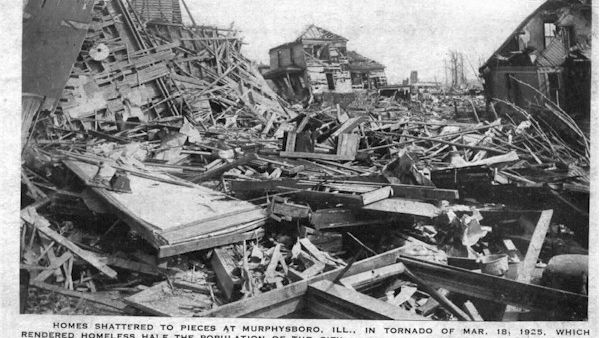The 1925 Tri-State Tornado: America’s Deadliest Natural Disaster
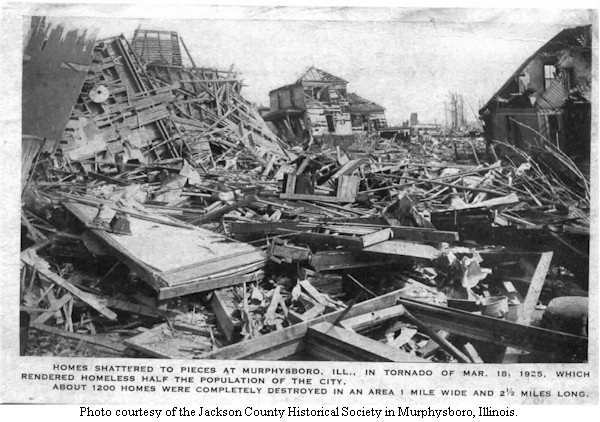
The Tri-State Tornado of 1925 holds the grim distinction as the deadliest tornado in U.S. history, claiming 695 lives across three states on March 18, 1925. This monster storm lasted 3.5 hours and traveled 219 miles, setting records for both duration and distance. With winds of roughly 300 miles per hour, the tornado would be classified as an EF5 on today’s Enhanced Fujita Scale. In addition to the 695 casualties, there were more than 2,000 injured survivors, as well as thousands who were left homeless and without food.
It wasn’t just the intensity of the tornado that made it deadly, but also the lack of tornado forecasting. In 1925, the National Weather Service did not issue tornado warnings, leaving communities unprepared. Murphysboro, Illinois suffered the worst single-community death toll from any tornado in U.S. history with 234 people killed.
The Great Natchez tornado 1840
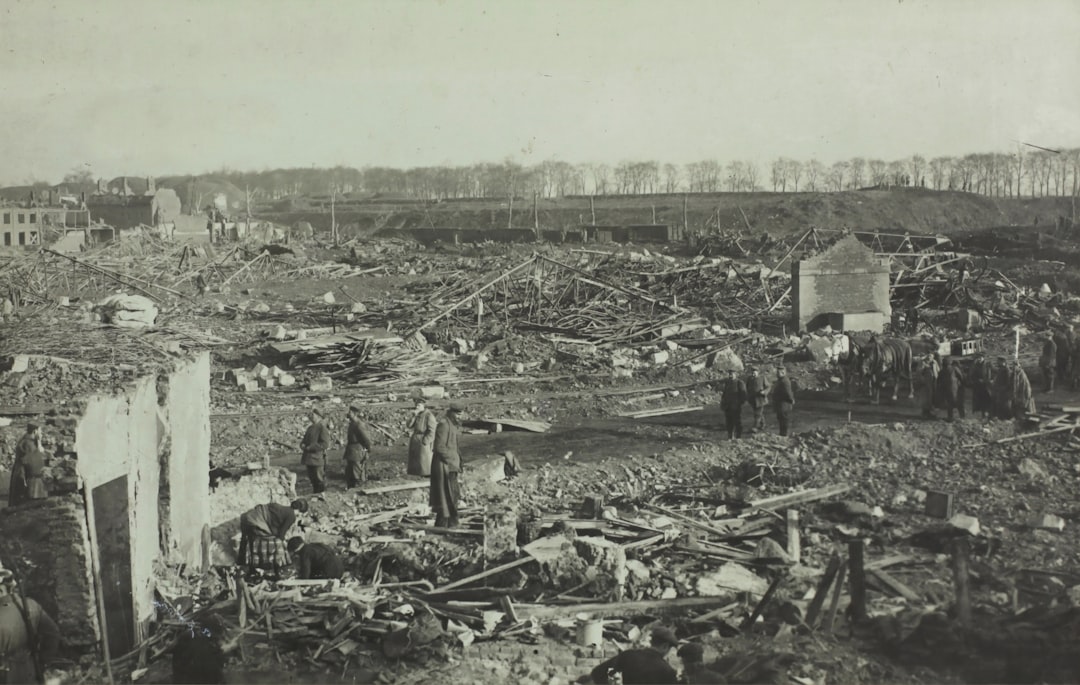
The Great Natchez tornado hit Natchez, Mississippi on May 7, 1840, becoming the second-deadliest tornado in United States history with at least 317 people killed and at least 109 injured. The final death toll was 48 on land and 269 on the river, mostly from the sinking of flatboats. The tornado’s 35-mile-long, 1,000-yard-wide path was marked by severe damage and uncertain estimates of casualties, though many enslaved Africans – possibly numbering in the hundreds – reportedly died on plantations in Louisiana. The actual death toll may be higher than what is listed, as slave deaths were often not counted during this time period.
One of the reasons the storm killed so many is because it not only hit Natchez, which sits along the Mississippi River, but also swept across the river sinking many of the flatboats carrying freight and their crews. With winds estimated at 200 mph, it left a trail of devastation, demonstrating that tornadoes were deadly killers even in an era before modern population density.
The 1896 St. Louis Tornado: Urban Destruction in America’s Gateway
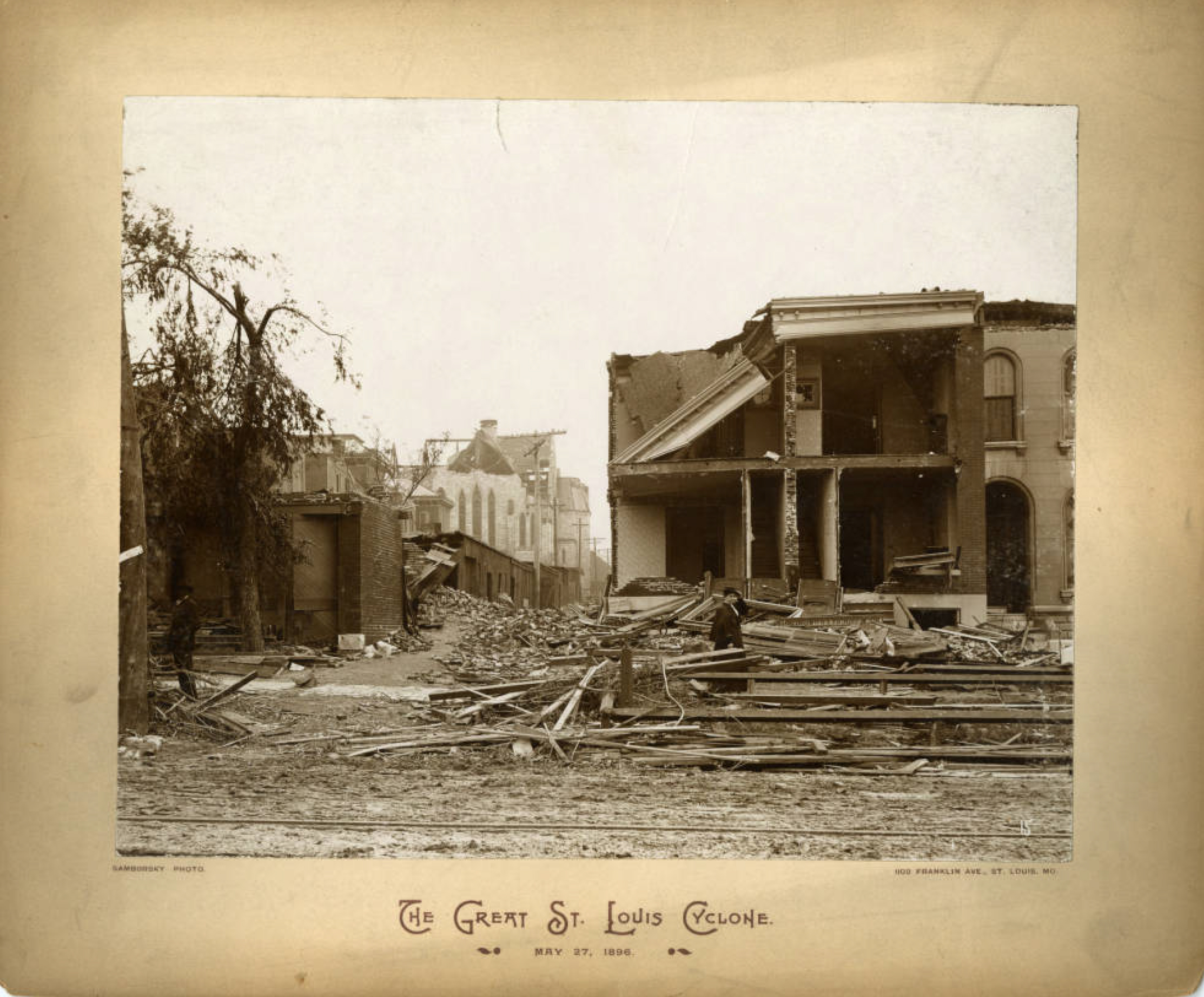
The Great St. Louis Tornado of 1896 killed at least 255 people and injured more than 1,000 on May 27, 1896, as it wreaked havoc across the St. Louis, Missouri area. The National Weather Service estimates the tornado would likely be rated as an EF4 on the Enhanced Fujita Scale today, with winds between 168 and 199 mph. The tornado destroyed a lot of Downtown St. Louis, causing significant and costly damage. From the St. Louis tornado alone, there were 255 deaths recorded, but these likely underestimate the true number. The death toll from 1896 likely did not include some African American victims or working-class victims. In particular, because the tornado crossed the Mississippi River, those living near the river or on boats were presumably missed as well.
In addition to destroying homes, businesses and steamboats, the tornado also tore away 300 feet of the Eads Bridge, the first bridge to be constructed of true steel, and touted as being “tornado-proof”. It is estimated to have caused around $352 million in damages in only 20 minutes.
The 1936 Tupelo Tornado: Young Elvis Presley’s Brush with Death
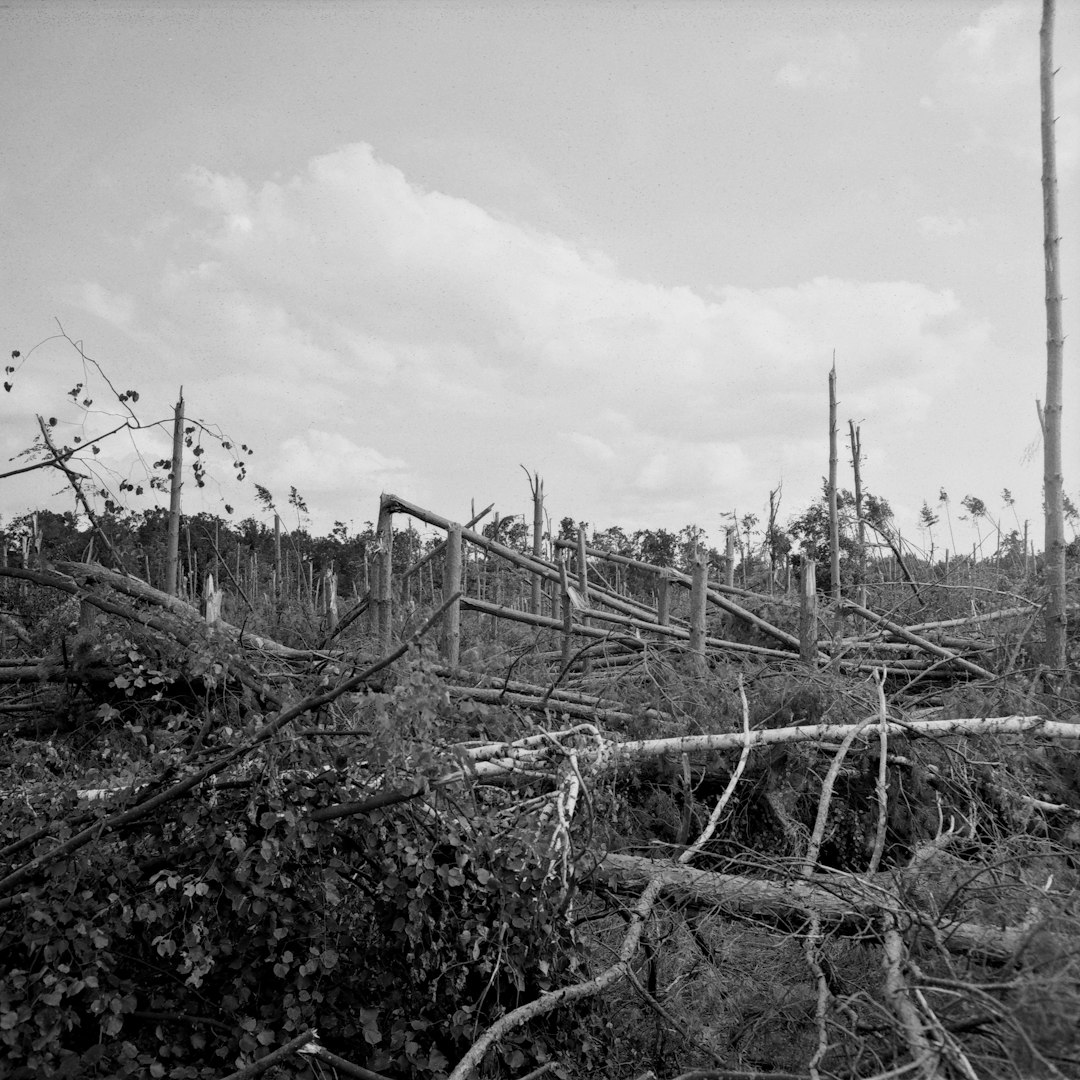
On April 5, 1936, an F5 tornado struck Tupelo, Mississippi, killing 216 people. The tornado was part of a tornado outbreak that spawned more than a dozen tornadoes on April 5 and 6 of that year. While 216 is the given death toll, many estimates have put the death count at much higher. This is because the deaths were counted before many missing people were recovered and while many injured patients remained in the hospital. Later estimates raised the death toll to 233 and noted that over 700 were injured by the Tupelo tornado alone.
The tornado destroyed the city’s water reservoir, causing a loss of clean water coupled with power outages, severe flooding, and raging fires in the days after the storm. One notable survivor of the tornado was singer Elvis Presley, who lived just north of Tupelo and was just over a year old at the time. This tornado came just one day before another deadly twister would devastate Gainesville, Georgia, making it part of one of history’s most destructive tornado outbreaks.
The 1936 Gainesville Tornado: Factory of Death
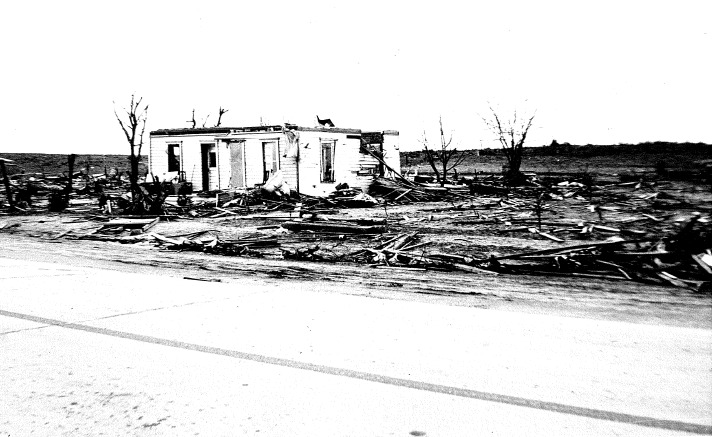
On April 6, 1936, the same system that caused the Tupelo tornado the day before would go on to kill 203 people the next morning in Gainesville, Georgia. Two tornadoes converged and destroyed the downtown area. The tornado that destroyed a significant part of Gainesville was formed by two separate tornadoes which combined to form an F4 tornado. The storm system moved East into Georgia during the early morning of April 6.
Two blocks from the downtown square, the tornado collapsed the Cooper Pants Factory, killing over 70 workers, the largest death toll in a single building for any U.S. tornado. Tragically, the largest percentage of the deaths from the Gainesville tornado came from the Cooper Pants Factory, which caught fire after being hit by the tornado and trapped over a hundred people inside, killing 70. The tornado destroyed four blocks and 750 houses in the northern Georgia town.
The 1947 Woodward Tornado: The Storm That Changed Weather Forecasting
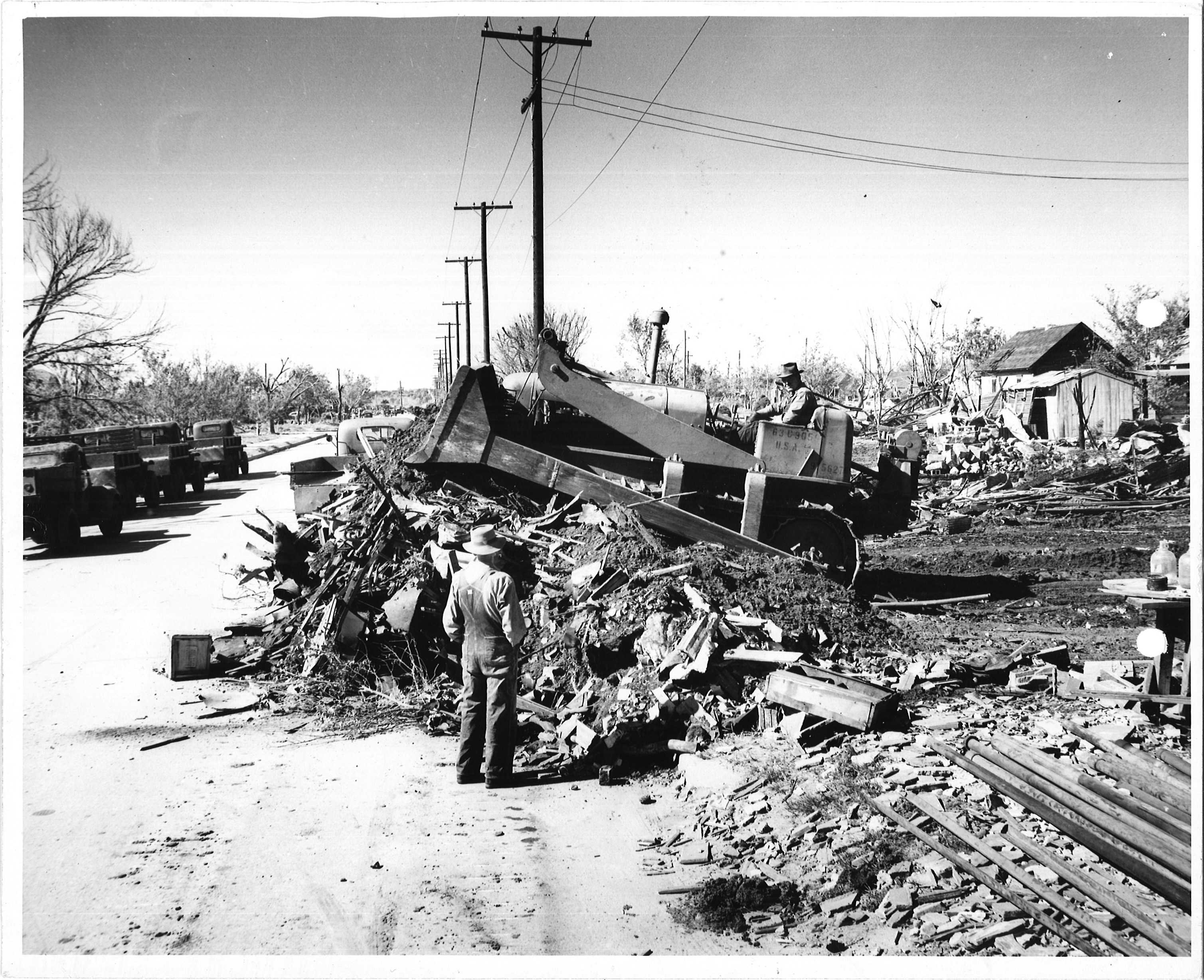
The deadliest tornado in Oklahoma history struck Woodward on April 9, 1947. The F5 tornado started near Canadian, Texas, before moving into Oklahoma. The tornado was on the ground for about 100 miles and was up to 1.8 miles wide as it traveled at a speed of about 50 mph. A tornado ripped through parts of three states on April 9, 1947, killing 181 people and injuring 970.
The tornado killed 116 people and was one of the reasons for the Weather Bureau’s modernization. This deadly storm impacted northwest Oklahoma, the Texas Panhandle, and south-central Kansas. Nearly a thousand people were injured, and caused significant damage to what is now known as the BNSF Railway, derailing three trains. The devastation from this tornado helped convince meteorologists and government officials of the critical need for better tornado warning systems.
The 2011 Joplin Tornado: Modern America’s Deadliest Twister
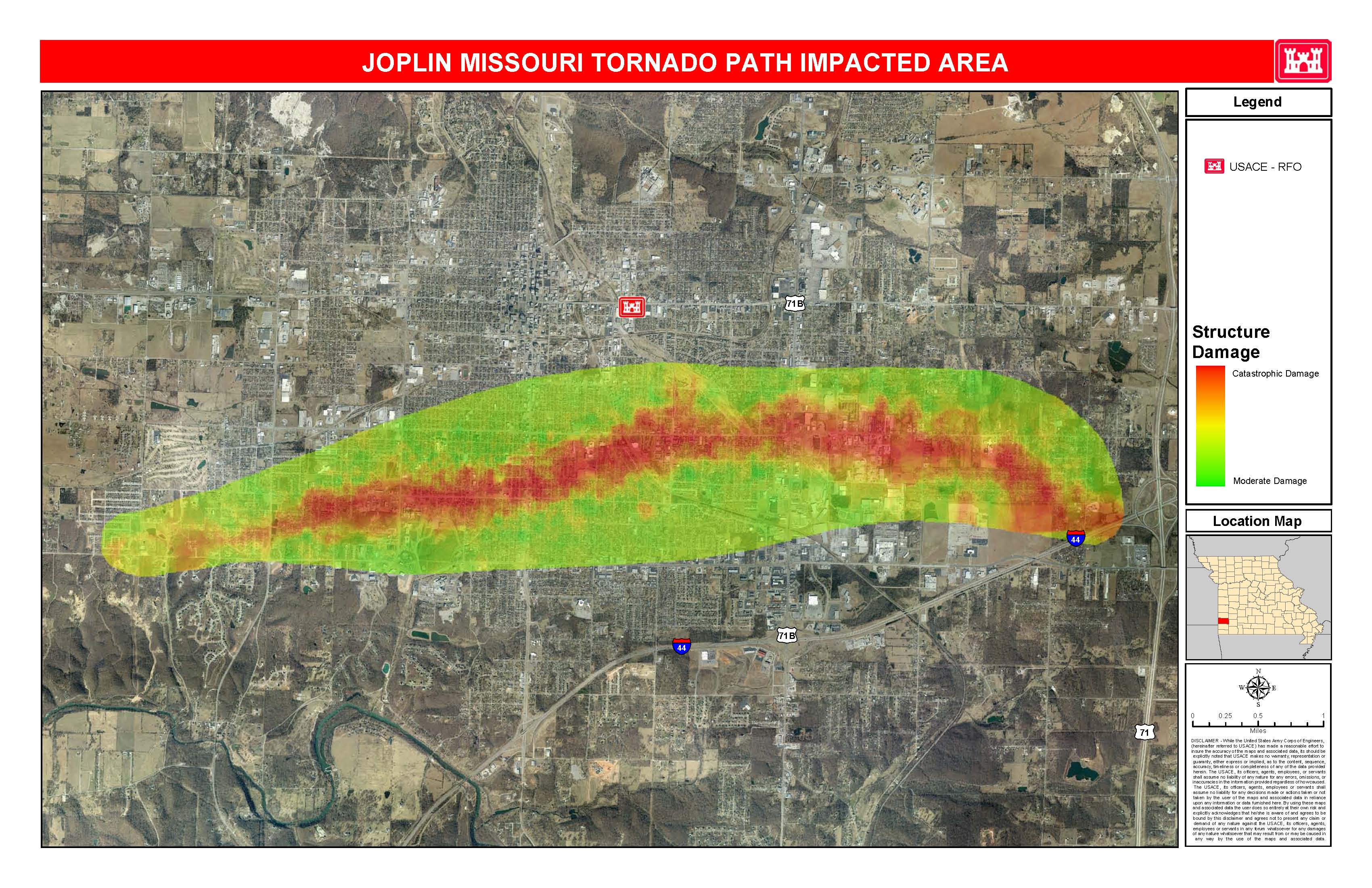
The deadliest tornado in modern U.S. history struck Joplin, Missouri, on May 22, 2011. It was the deadliest tornado since SPC records began in 1950. The EF5 tornado had a path length of 22 miles and was up to a mile wide at its maximum point. The twister killed around 160 people and injured more than 1,100 others, causing an estimated $2.8 billion in damages. The tornado completely destroyed more than 6,900 homes, the local hospital as well as several churches, elementary schools, Joplin High School, two fire stations, and several big box stores and local businesses.
Several people were killed while they took shelter in big box stores that were severely damaged by the tornado. This is one of the most famous tornadoes in history and is considered the only failure in our tornado warning system. Despite modern forecasting technology and warning systems, the Joplin tornado proved that nature can still catch communities off guard with deadly consequences.
The 1908 Dixie Tornado: Louisiana and Mississippi Devastation
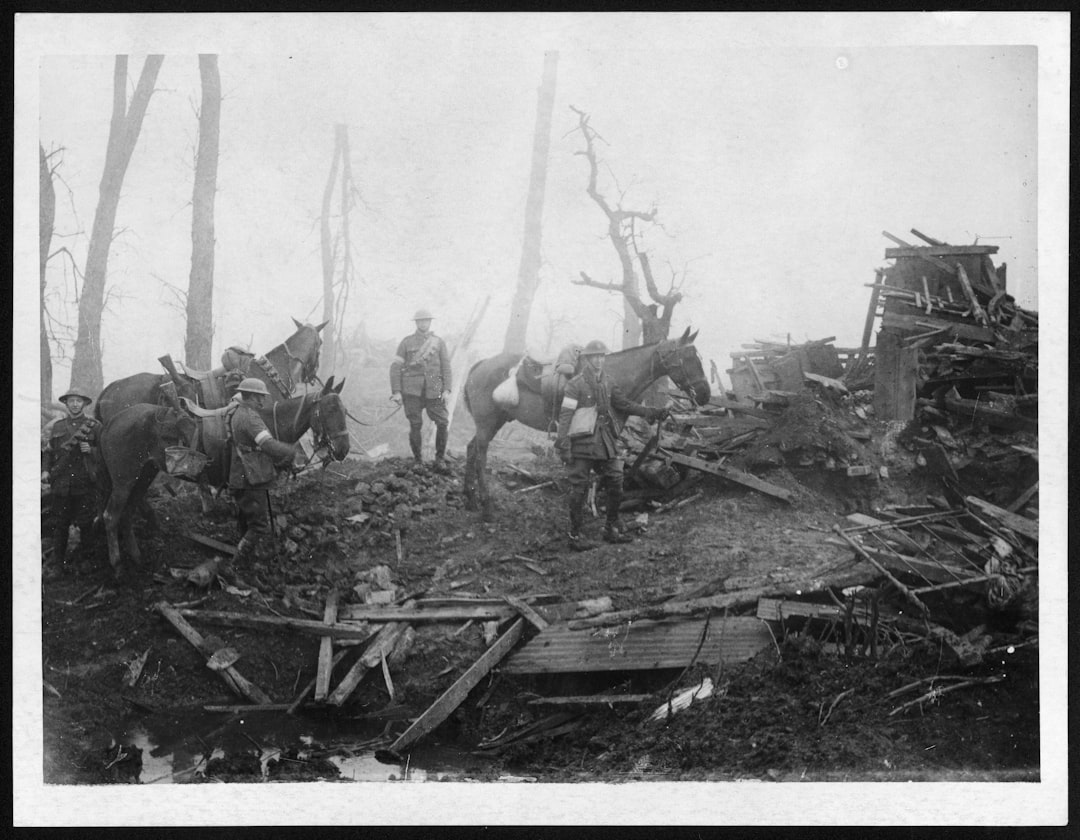
On April 24, 1908, an F4 tornado killed an estimated 143 people in portions of Louisiana and Mississippi. There were multiple tornadoes across the region that day, resulting in nearly 300 deaths. On April 24, 1908, an F4 tornado killed an estimated 143 people in portions of Louisiana and Mississippi. There were multiple tornadoes across the region that day, resulting in nearly 300 deaths. This tornado outbreak demonstrated how multiple storms can devastate entire regions in a single day. The rural nature of the affected areas meant that rescue and recovery efforts were particularly challenging.
The 1908 event remains a stark reminder of how tornadoes can strike with little warning, especially in an era before modern meteorology. The high casualty rate reflected both the intensity of the storms and the vulnerability of communities that had no advanced warning systems to help them prepare.
The 1899 New Richmond Tornado: Wisconsin’s Deadliest Day
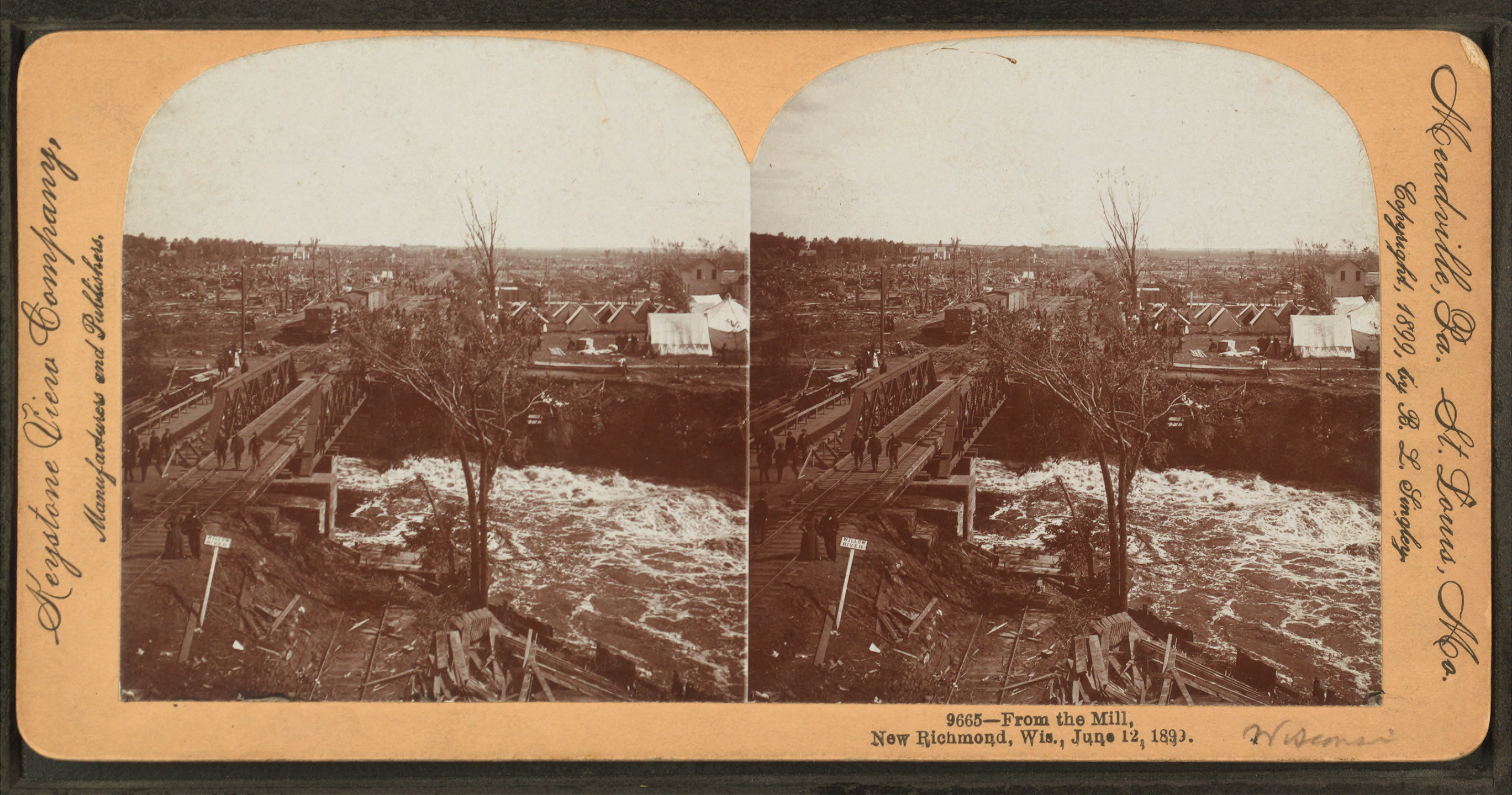
The deadliest tornado in Wisconsin history happened on June 12, 1899, when 117 people were killed when a tornado hit New Richmond, Wisconsin. This tornado struck during a circus performance, trapping many spectators under the collapsed big top. The tragedy occurred on what should have been a festive day for the small community, turning celebration into catastrophe. The tornado’s timing made rescue efforts particularly challenging, as many victims were buried under heavy canvas and collapsed wooden structures.
New Richmond’s experience shows how tornadoes can transform ordinary community gatherings into scenes of unimaginable devastation. The rural location meant that medical help was limited and transportation to hospitals was difficult, contributing to the high death toll.
Recent Tornado Casualties: 2023-2025 Trends
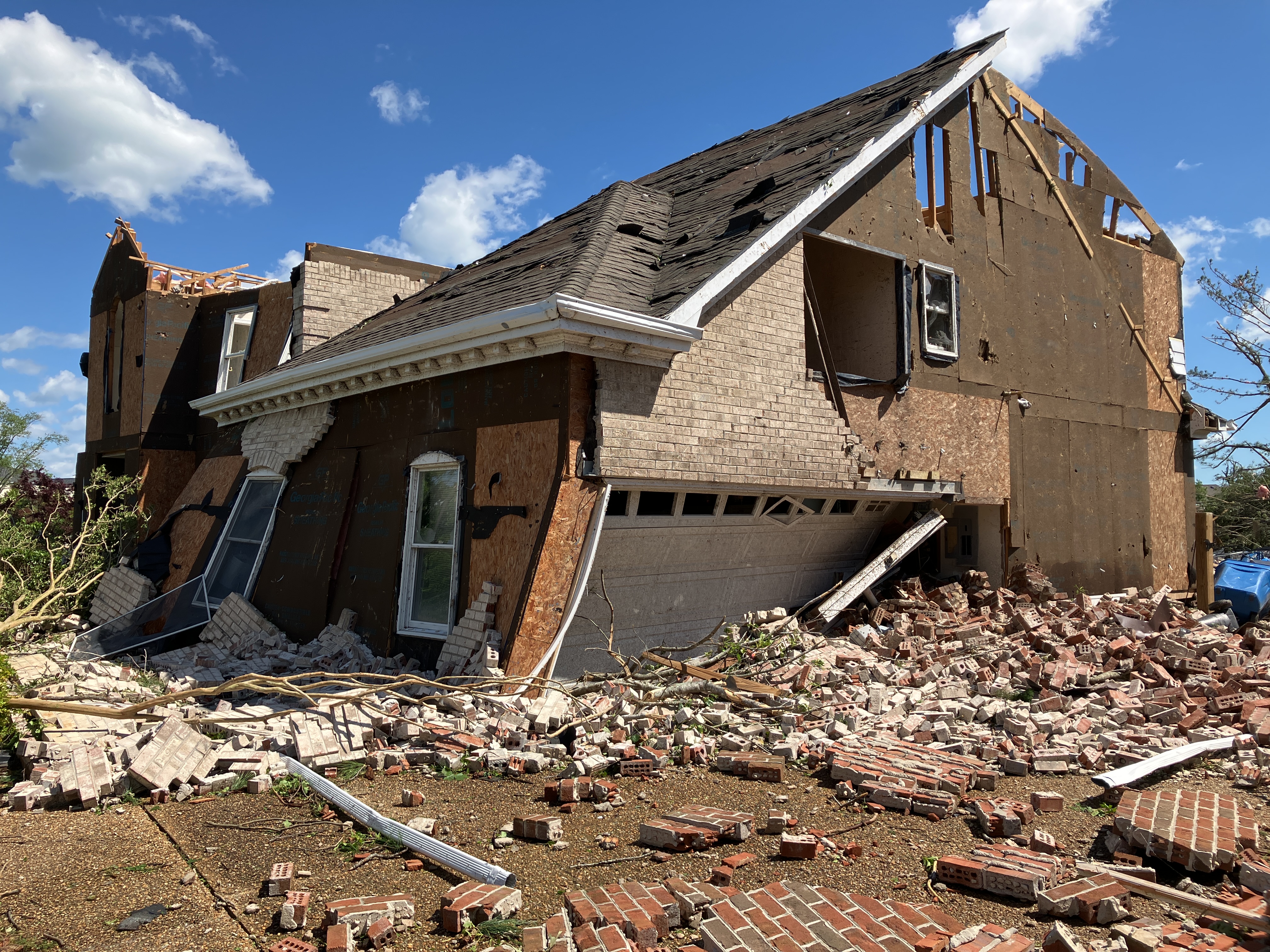
In 2023, there were a total of 86 fatalities reported due to tornadoes in the United States, up from 23 fatalities in the previous year. According to National Centers for Environmental Information there were 83 fatalities across 12 states in 2023. Of these deaths, 49 occurred in manufactured homes, 16 in a home, seven in another kind of building or in a vehicle, and two outside or unknown. The most recent tornado causing greater than ten fatalities was the Somerset-London Kentucky EF4 tornado which killed 19 people in May 2025.
Manufactured homes are highly at risk for tornado damage and fatalities. This ongoing vulnerability highlights how certain housing types continue to place residents at greater risk, even with modern warning systems. Recent tornado seasons have shown that while forecasting has improved dramatically since the early 20th century, the fundamental destructive power of tornadoes remains unchanged.
The Modern Challenge: Tracking Today’s Tornado Threats
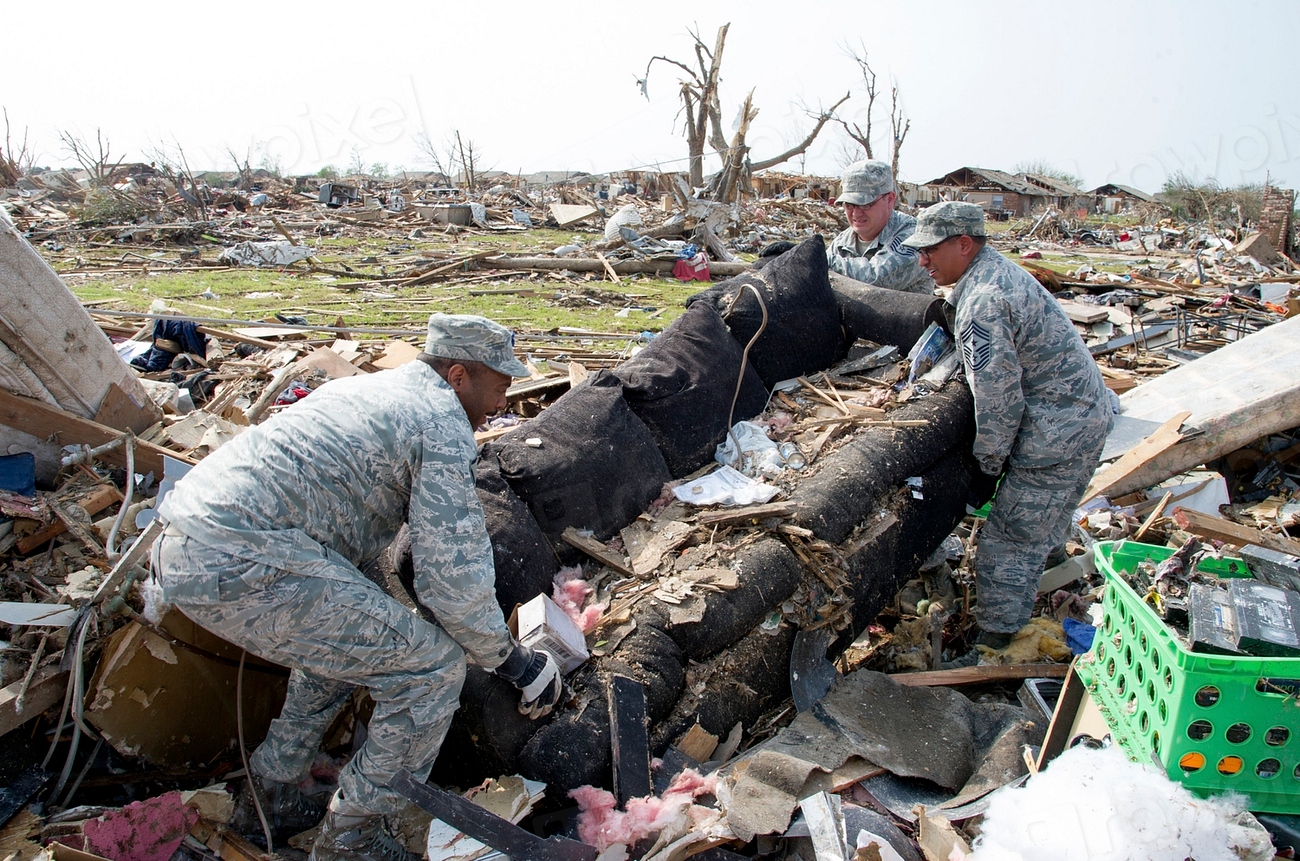
In 2023, tornadoes resulted in approximately 1.38 billion U.S. dollars in economic damage, demonstrating the continued economic impact of these storms. During the Greenfield, Iowa EF4 on May 21, 2024, Doppler on Wheels recorded wind speeds of 263–271 mph in a very small swath inside the funnel. After doing calculations, researchers determined those measured winds were equivalent to 309–318 mph. The calculated minimum wind threshold beats both the 1999 Bridge Creek–Moore tornado and the 2013 El Reno, Oklahoma tornado for minimum possible maximum windspeed.
In total, about 25 tornadoes have struck within the immediate vicinity of Moore since 1890, the most recent of which was an EF-3 tornado occurring during the overnight hours of November 3, 2024, which passed through northeastern Moore. It injured six before lifting less than 2 miles away from Tinker Air Force Base. These recent measurements show that modern tornadoes can be just as powerful as historical ones, with some potentially exceeding the intensity of past record holders.
While tornado forecasting has improved dramatically since the early 1900s, these storms continue to pose significant threats to American communities. The combination of increasingly sophisticated measurement tools and growing populations in tornado-prone areas means that understanding historical tornado disasters remains crucial for preparing for future events.
- How Meteorologists Predict Storms Using Satellite Data - October 3, 2025
- What Causes Rainbows And Why They’re Always Curved - October 1, 2025
- 3 Industries Face Crushing New Tariffs as Trade War Escalates - September 28, 2025

